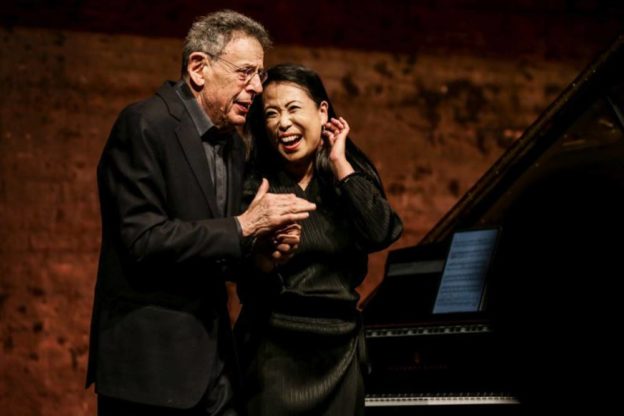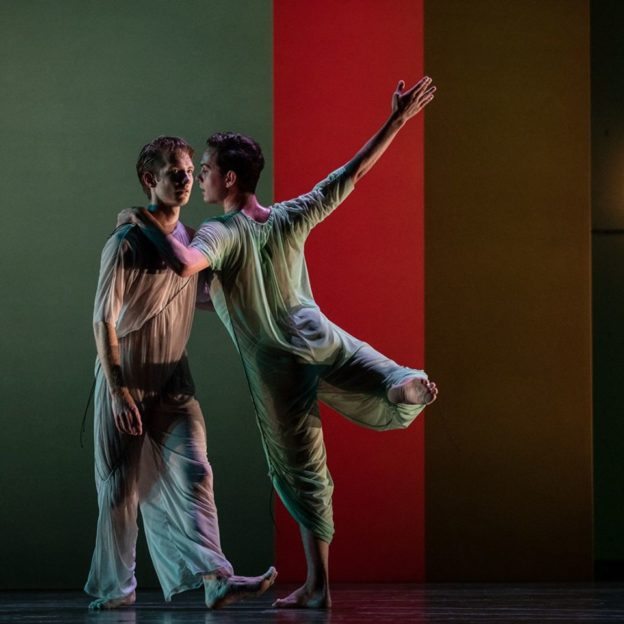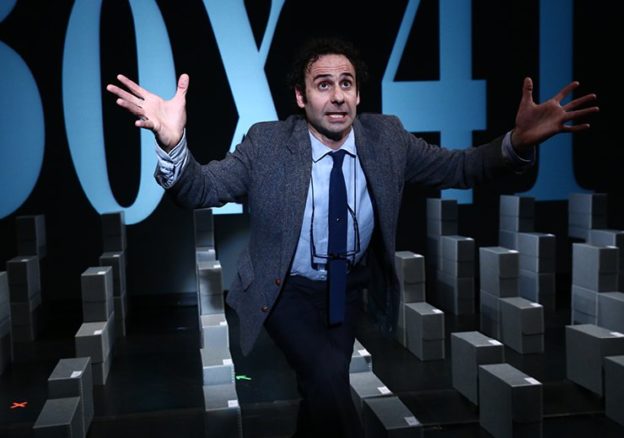Phil has written sonatas for other instruments before, but this would be his first for the piano. I imagined how much he would pour into it given that the piano is the instrument he has spent a lifetime playing (at home and on countless tours). However, Phil is not an artist to let the potential of a “first” be tethered to what is known. His exuberance came from writing something that would far surpass what he could play, or be able to entirely hear on the instrument itself beyond imagining it as the composer. There would need to be someone who could bring the music to life and bridge the musical space between themselves, the audience and the composer.
Phil composed his Piano Sonota for Maki Namekawa and Maki collaborated on its shape and dimensionality by adding her tremendous capacity and insight as a pianist. — Kristy Edmunds
In spring of 2019, Philip Glass sent Namekawa the score for the sonata, and the following summer the two longtime collaborators premiered the work at the Klavier-Festival Ruhr. The piece made its American debut in November of that year at the Morgan Library and Museum in New York City.
This weekend, UCLA’s Center for the Art of Performance (CAP UCLA)—in association with Ars Electronica in Linz—will stream a prerecorded performance by Namekawa of the piece. Also on the program: Mozart Camargo Guarnieri’s Sonatina No. 3 in G-clef (1937), Alban Berg’s Piano Sonata, Op. 1 (1907-1908), and György Ligeti’s Musica Ricercata.
See link below for details.

PIANO SONATA BY PHILIP GLASS—PERFORMED BY MAKI NAMEKAWA
UCLA’s Center for the Art of Performance
Sunday, January 10.
3 pm on the West Coast; 6 pm East Coast.

From top: Philip Glass and Maki Namekawa at the Klavier-Festival Ruhr, 2019; Namekawa, photograph by Tom Mesic; Namekawa, photograph by Verena Lafferentz; Namekawa and Glass, Klavier-Festival Ruhr, 2019. Images courtesy and © the photographers, the musicians, and UCLA’s Center for the Art of Performance.





























